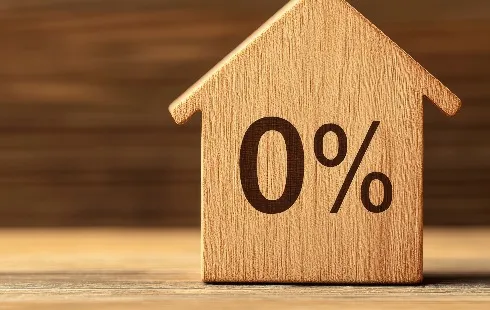
Custom T-Shirts: Last-Minute Gifts They'll Actually Love
Section: Arts
The upcoming Bundestag election, scheduled for February 23, 2025, will see the participation of nearly 30 political parties across Germany. However, not all registered parties will appear on every state's ballot. This article provides a detailed overview of which parties voters can support in their respective federal states.
Initially, the Federal Electoral Committee approved 41 parties to participate in the election. Nevertheless, due to some parties failing to gather the necessary support signatures for their candidacies, the final count of participating parties has been reduced to 29. This marks a significant decrease from the 47 parties that contested in the 2021 Bundestag election.
One key reason for the varying number of parties on the ballots is the requirement for each party to present a valid state list, which must be approved by the relevant electoral committee in each federal state. Smaller parties often face challenges in establishing a presence across all states or gaining sufficient backing from the electorate, leading to discrepancies in the number of parties listed.
Berlin and North Rhine-Westphalia will feature the highest number of parties on their ballots, with 18 options each. Conversely, voters in Brandenburg, Mecklenburg-Vorpommern, and Saxony-Anhalt will have the least choice, with only 12 parties listed, while those in Thuringia will only see 11 options.
Among the ten parties that will appear nationwide on the ballot are the Social Democratic Party (SPD), the Greens, the Free Democratic Party (FDP), the Alternative for Germany (AfD), the Left Party, the Free Voters, Volt Deutschland, the Marxist-Leninist Party of Germany (MLPD), the Alliance for Germany, and the BSW Party. Notably, in Bavaria, the Christian Democratic Union (CDU) will not be listed, as its sister party, the Christian Social Union (CSU), will contest instead.
The order in which parties appear on the ballot is determined by their performance in the previous election, specifically their second vote results, with remaining positions allocated alphabetically.
Here is a breakdown of the number of parties participating in each federal state:
Moving forward, voters will find the following parties on the ballot in each state:
Baden-Württemberg (16 parties):As the election approaches, all parties are intensifying their campaigns and strategies in anticipation of this significant political event.

Section: Arts

Section: Arts

Section: Business

Section: Business

Section: Arts

Section: Health

Section: Arts

Section: News

Section: News

Section: Arts
Health Insurance in Germany is compulsory and sometimes complicated, not to mention expensive. As an expat, you are required to navigate this landscape within weeks of arriving, so check our FAQ on PKV. For our guide on resources and access to agents who can give you a competitive quote, try our PKV Cost comparison tool.
Germany is famous for its medical expertise and extensive number of hospitals and clinics. See this comprehensive directory of hospitals and clinics across the country, complete with links to their websites, addresses, contact info, and specializations/services.
One of the most beautiful squares transforms into a summer stage every year for two days. The Gärtnerplatz Open-Air features a free music and cultural program across three stages, as well as street food from local vendors. On Saturday, the main stage at Gärtnerplatz offers something for everyone,...



No comments yet. Be the first to comment!